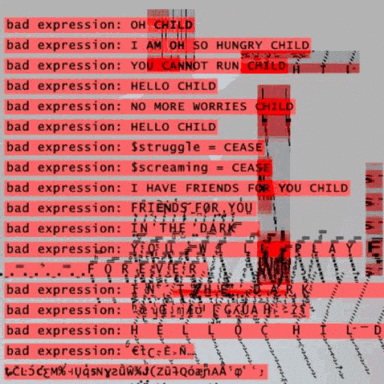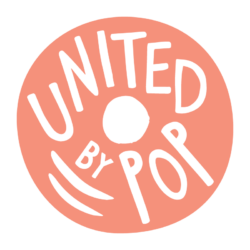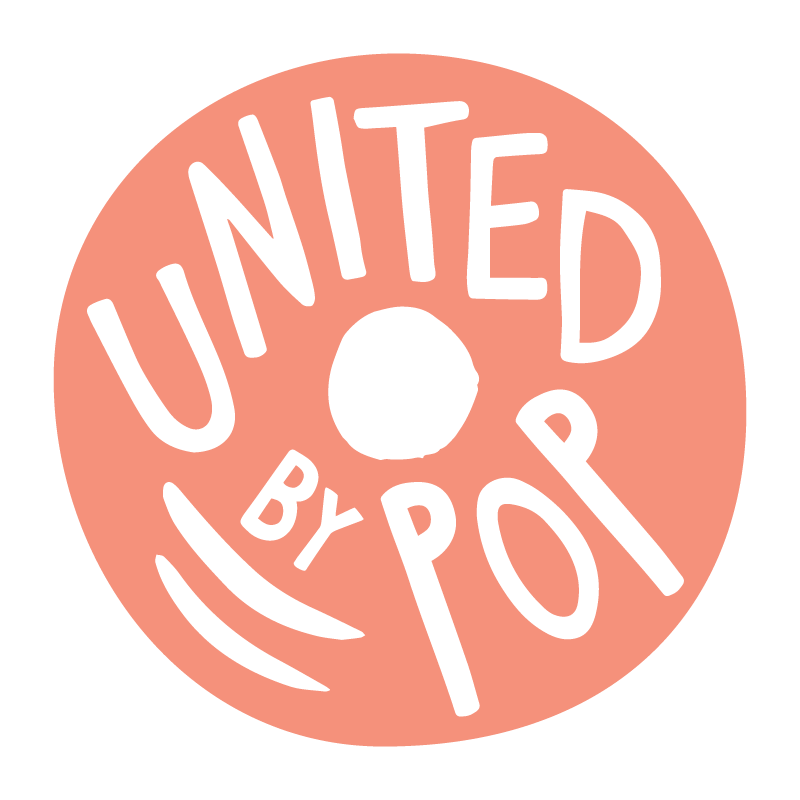When the Internet turns against you: Mar Romasco-Moore talks Deadstream
The Internet can be just as terrifying as a haunted house...
This post is sponsored by Melia Publishing.
The internet is supposed to be a safe space – especially when the real world feels anything but. For Teresa, the protagonist of Deadstream, online communities are her only escape after a tragic accident leaves her too afraid to step outside. But when a sinister presence begins haunting livestreams, claiming victims in front of thousands, even the digital world isn’t safe anymore.
We caught up with author Mar Romasco-Moore to talk about the inspiration behind Deadstream, the real-life fears that shaped it, and why the internet can be just as terrifying as a haunted house.
Hi Mar! Thank you so much for taking the time to speak to us. Your latest book ‘Deadstream’ is available in April, can you tell us a bit more about it without giving too much away?
Deadstream follows Teresa, an agoraphobic teen afraid to leave the safety of her room. Her only window to the outside world is the online community she’s found through streaming. But one night, a ghostly figure appears behind her favourite streamer and Teresa’s safe world shatters. She realises that her computer isn’t a window but a door – and something is trying to get in.
‘Deadstream’ really feels digital thanks to the formatting and like we were within the forums, messages and online communities. Did you have that vision in your head while you were writing, or did the physical look come further down the line?
Unusually for me, this book actually began at the beginning. The opening livestream transcript was the first seed of an idea which came to me, so from the start I was imagining the book taking a hybrid form. I wanted to capture the feeling of reading a good creepypasta, which are by definition written online and which often take the form of “found” transcripts or journal entries.

United By Pop exists because of the power of online communities and finding friends through social media much like Teresa did. Do you have any positive experiences that influenced you to write ‘Deadstream’?
This book probably wouldn’t exist if a friend hadn’t suggested, in the summer of 2020, that we start a group Minecraft server. I hadn’t played Minecraft in six or seven years at that point, so I watched a few videos on YouTube to familiarise myself with the many ways the games had changed (that’s also how I first learned to play the game, way back in 2011).
Then the algorithm stepped in and sent me deep down an endless rabbit hole of gaming content. Some of it I admittedly found strange and unsettling, but some of it became an absolute comfort and refuge for me during the tense months of the election and the lonely months of waiting for the vaccines. For all its MANY faults, I love the internet. I’m an introverted weirdo with a thirst for knowledge and lots of niche interests, so of course I do.
We loved the variety of LGBTQIA+ representation in the book. How do you think LGBTQIA+ rep within Young Adult has improved or expanded in recent years?
When I was a teen the library had only two or three queer YA books, all of them about cis gay boys. Even then, I was terrified to check them out in case the librarians judged me. So the internet (and, to my mild embarrassment, fan fiction) was really the only place I could read about queer people. It was certainly the only place I saw anything close to positive representation of trans people.
There so SO MANY more books out there now representing so many variances of identity. It feels like once a month I read a book that would have absolutely cracked my teenage mind open with joy and recognition – that would have made me feel less alone, less monstrous, less broken. That said, in my country at least, there is a huge new wave of book bans and attempted censorship of exactly these kinds of books, so I worry that some of this progress could be lost, or at least become inaccessible to the young people today.
What are your must-have ingredients for the perfect YA thriller/horror?
Frankly, I think being a teenager is already horrific enough on its own. Ghosts or monsters or demons are just bonus.
Did you have any standout songs that soundtracked your writing process?
Bo Burnham’s Welcome to the Internet.
You teach writing at Columbus College of Art and Design. If you could do any other job, what would it be and why?
Antarctic researcher spending long cold hours alone on the ice.
What’s one book you could read over and over again and not get bored?
Shirley Jackson’s We Have Always Lived in the Castle is buried deep within my heart. To me, it is a perfect book. Short, sharp, creepy, layered, haunting. I have read it many times, taught it, talked about it, and it still casts such a spell on me, every time.
What advice would you give to someone who wants to become an author?
Observe what goes on around you. Carry a little notebook with you everywhere or keep a dedicated text file on your phone. Any time you notice anything that stands out to you, write it down.
A snippet of overheard conversation. An odd piece of trash waiting on the curb. A particular shade of sunlight.
You may gain inspiration or material for a story, but more importantly you will hone your ability to translate the world into words.
Mar Romasco-Moore’s ‘Deadstream’ is available to buy now.


